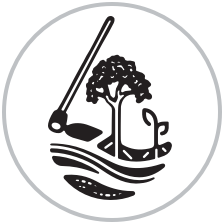The RD methodology is a four-step continual feedback loop used by humanitarian and development programs to design and build highly productive and resilient gardens, farms, and community sites.
The process includes first observing and assessing what already exists on the design site, then working through an analysis and design process to create a more resilient production system. Over time, as the landscape evolves, feedback is integrated and practices are adjusted accordingly.
The ability to observe, learn, and adapt is key to the successful implementation and management of RD.
Assessment
Analysis
Design
Monitoring & Feedback
Step 1: Site Assessment Step 1: Site Assessment
Site assessment uses participatory activities to map resources and external influences on a farming system.
The site assessment is an essential entry point for engaging individuals and communities. It is a critical first step in gathering the information that will enable people to make informed decisions about developing their site design.
-
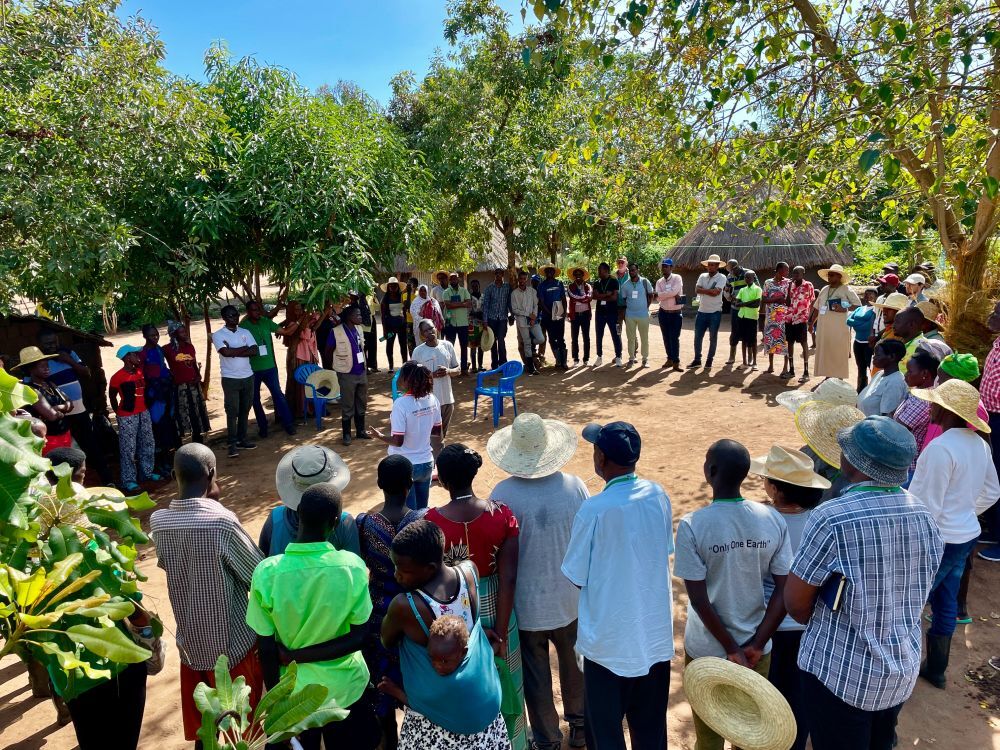 Nam hendrerit dignissim condimentum ullamcorper diam morbi eget consectetur odio in sagittis.
Nam hendrerit dignissim condimentum ullamcorper diam morbi eget consectetur odio in sagittis. -
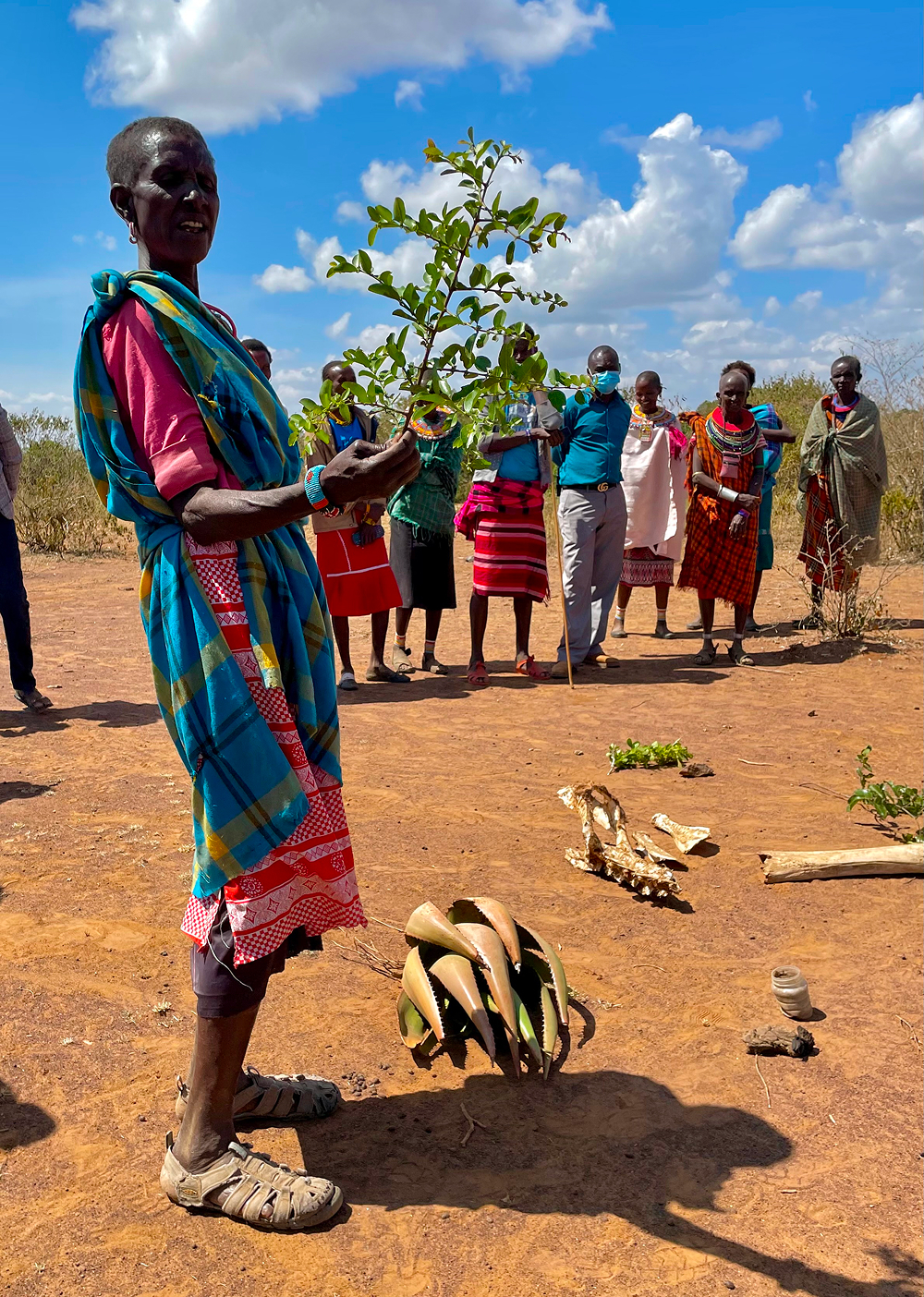 Nam hendrerit dignissim condimentum ullamcorper diam morbi eget consectetur odio in sagittis. CREDIT: Lorem
Nam hendrerit dignissim condimentum ullamcorper diam morbi eget consectetur odio in sagittis. CREDIT: Lorem -
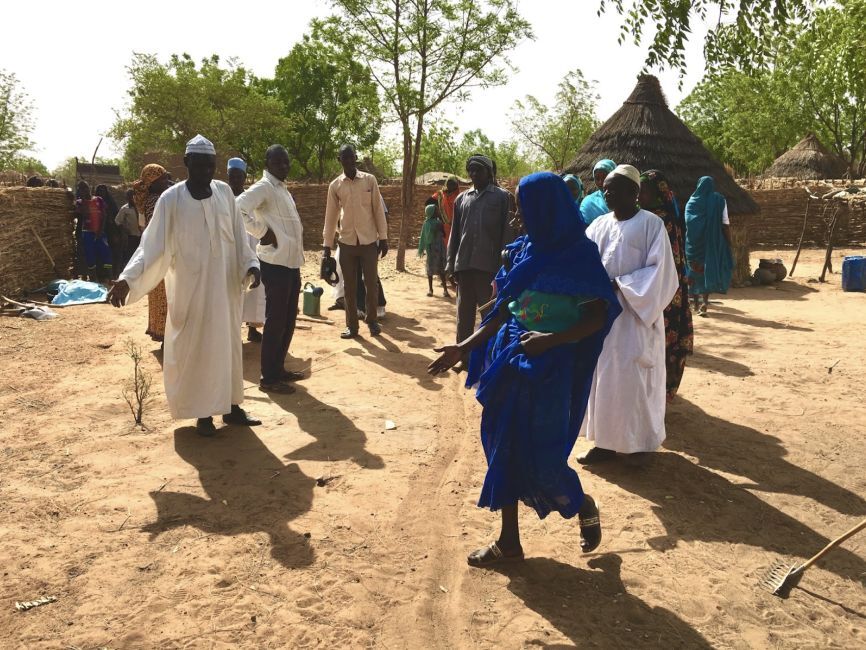 Nam hendrerit dignissim condimentum ullamcorper diam morbi eget consectetur odio in sagittis. CREDIT: Lorem
Nam hendrerit dignissim condimentum ullamcorper diam morbi eget consectetur odio in sagittis. CREDIT: Lorem
The site assessment consists of four activities:
-
Community engagement: a facilitated dialogue to learn the local knowledge, wisdom, and history of the program area. Hearing the goals and aspirations of the participants helps to build trust and inform the relevance of the design.
-
Resource identification and influence observation: a participatory walk with participants through their site and community to map local resources and external influences, talk about the history of the land, and draw a basemap of the existing features of the site. Participatory demonstrations, such as the sponge demo, help participants to better understand RD and inspire their use of RD practices.
-
Primary and secondary data collection: gathering data that affects the site and agricultural production such as rainfall patterns and other climate data, topography, soil consistency and health, native flora and fauna, soils and land capability, market information, etc. This data helps programs understand the context of the site and informs a more relevant design.
-
Production system assessment: collecting additional information about the local seed preferences and availability, informal and formal markets, culturally-relevant foods, food preparation, and cooking practices, and seasonal timelines of key expenditures, food availability, and lean/hunger seasons.
These data are then used to inform Step 2: Site Analysis.
Step 2: Site Analysis Step 2: Site Analysis
Six key analyses make up the overall site analysis: resource, energy, external influence, slope, economic, and social and gender analyses.
These analyses help people identify which resources are producing well, which are available but not being used, how external influences are helping or hindering the site, and where energy is being used efficiently or not. This step also analyzes the economic, cultural, and gender contexts within the community and explores ways to create beneficial connections between resources and influences with the goal of increasing overall productivity and resilience.
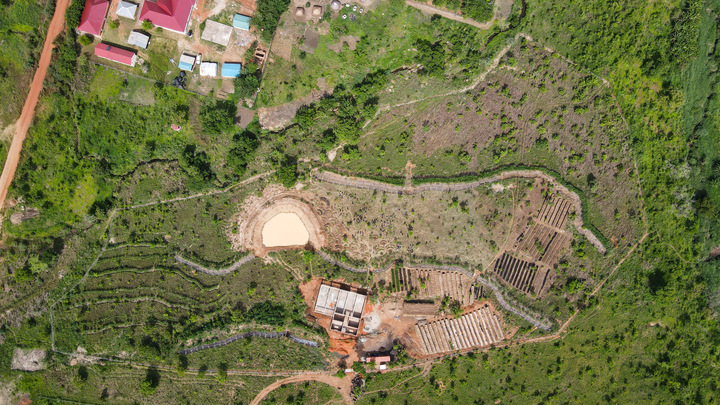
The information is assembled, organized, and translated into usable data to inform Step 3: Site Design.
Step 3: Site DesignStep 3: Site Design
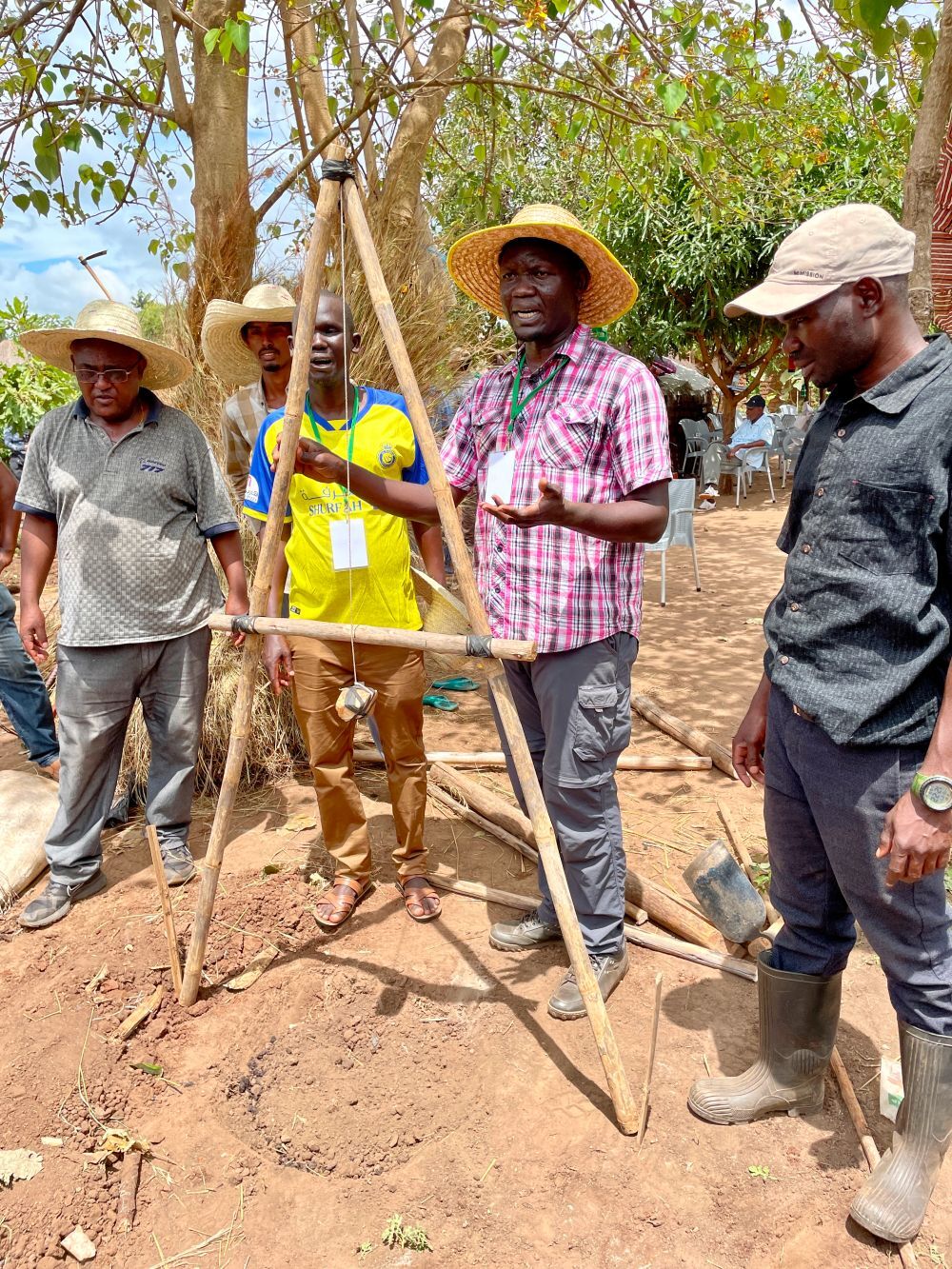
The goal of the site design is to select and place resources, channel influences, and apply ecologically-based agricultural techniques that prioritize soil health, hydrological stabilization, and biodiversity. A well-designed site lays the critical foundation for improved productivity and stable income, better household nutrition, and greater overall resilience to environmental and economic shocks and stresses.
Once the initial design with improved techniques and strategies is complete, implementation can begin. The site is then closely monitored for improvement opportunities (Step 4: Site Monitoring and Feedback Integration.)
Step 4: Site Monitoring and Continuous ImprovementStep 4: Site Monitoring and Continuous Improvement
Those implementing and managing the production sites are best placed to see which strategies and techniques from the design are working well, which are not, and where to make improvements. In the RD process, this type of monitoring informs ongoing physical improvements to the site to enhance long term production and resilience.
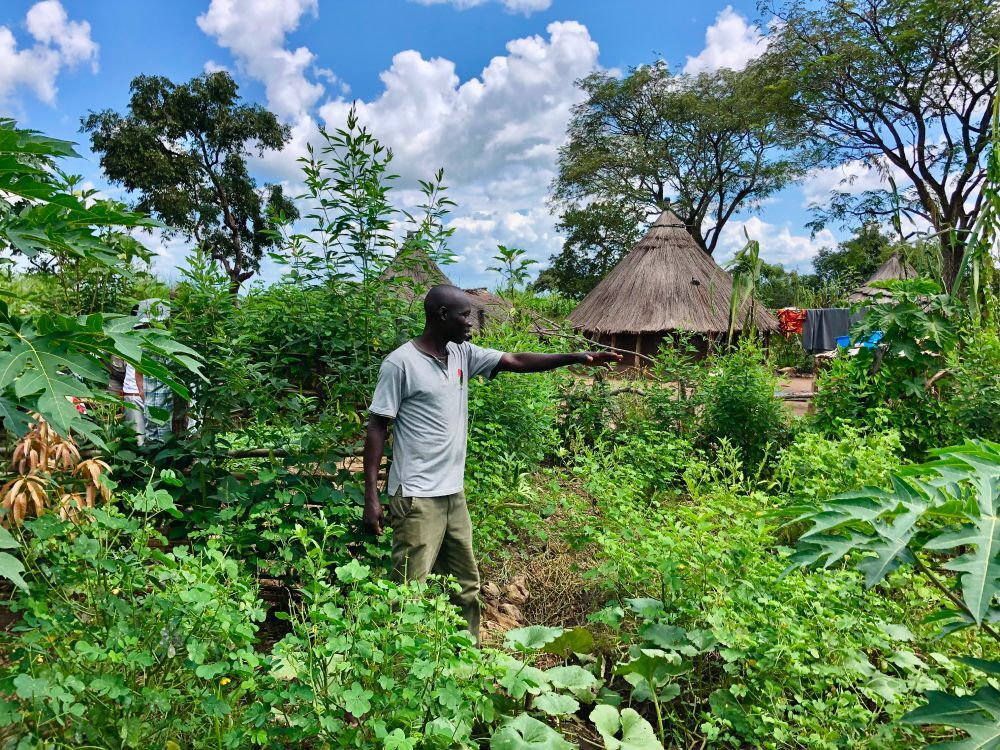
Resources such as the Resilience Design Minimum Standards and Checklists are key tools for the practitioners and program staff to help with this process.
